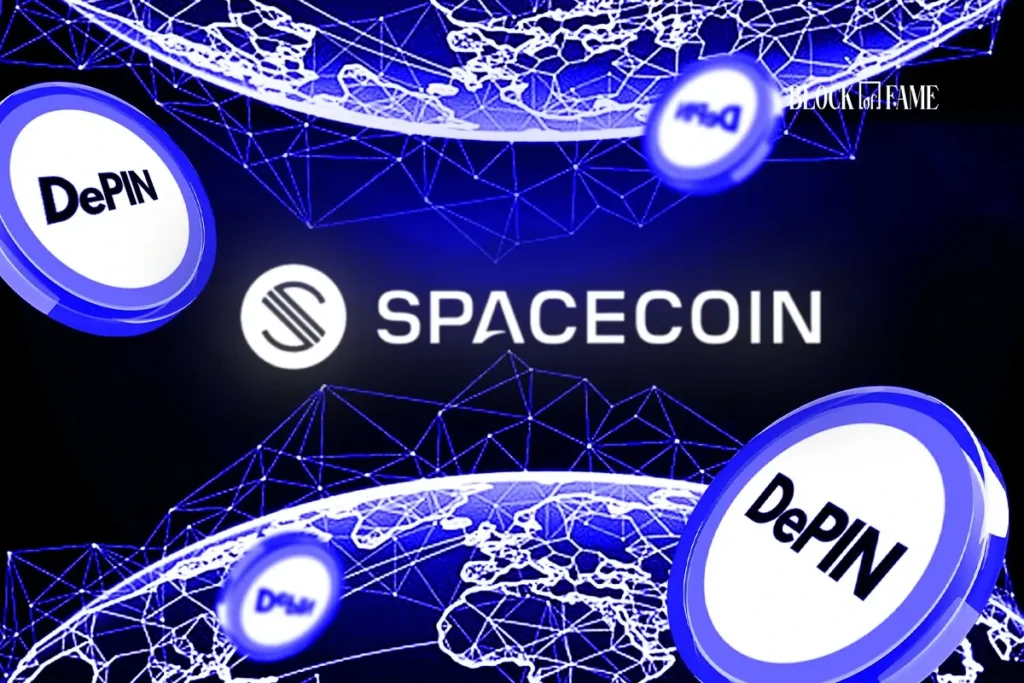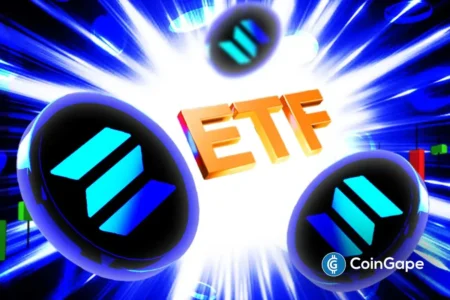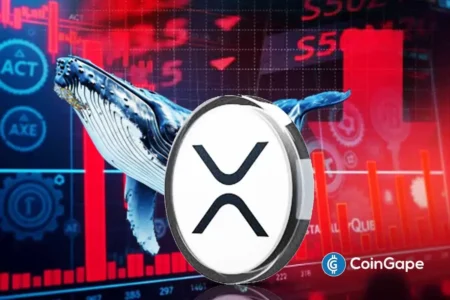Spacecoin: Pioneering Blockchain in Space
In the ongoing convergence of blockchain and space technology, Spacecoin emerges as a pioneer with significant achievements, recently highlighted at the TOKEN2049 event in Singapore. Founded by Tae Oh in 2024, Spacecoin’s groundbreaking demo showcased the ability to successfully route a blockchain transaction through low-Earth orbit. The project’s CTC-0 nanosatellite facilitated an end-to-end transaction, connecting Punta Arenas, Chile, to a ground station in the Azores, Portugal, across a staggering 7,000 kilometers. This achievement not only marks a milestone for the Spacecoin team but also sets the stage for a decentralized communication system that operates independently of traditional terrestrial infrastructures.
The innovative Spacecoin framework stands in stark contrast to conventional satellite systems, which are often centrally owned and restrictive. By employing a decentralized, permissionless model, Spacecoin enables users to transact and send data without relying on government permissions or telecommunications monopolies. The integration of blockchain is critical here; the recent demonstration showed messages successfully sent from Chile, validated on the Creditcoin test chain, thereby matching blockchain transactions’ integrity even when routed through space. This accomplishment fundamentally alters how operators and end-users interact, ushering in an era of greater resilience and accessibility.
Addressing Global Connectivity Gaps
Unlike existing solutions such as Elon Musk’s Starlink, which offers premium, high-bandwidth services, Spacecoin is designed to target the billions who lack reliable internet connectivity. As Tae Oh articulated, the mission isn’t about direct competition with established players but rather focusing on a complementary role. Spacecoin aims to facilitate access for underserved communities by prioritizing affordability and practicality. This vision caters to the diverse needs of users worldwide, striving to ensure that the digital age is accessible and beneficial for everyone, including those traditionally neglected by digital services.
By fostering a decentralized network that encourages participation from governments, telecom companies, and enterprises, Spacecoin establishes a shared model that promises a transformative wave of connectivity. The contrast between closed, company-owned systems like Starlink and Spacecoin’s open framework is crucial; it allows for enhanced access and reduces risks associated with monopoly control. This model has the potential to revolutionize how we think about communication and information exchange in areas that have been historically underserved.
Future Expansion Plans
Looking ahead, Spacecoin’s immediate objective is to deploy additional satellites into low Earth orbit to ensure uninterrupted coverage, particularly along the equator. This will involve launching three more satellites known as CTC-1 in the fourth quarter of 2025, which will enable inter-satellite communication and enhance overall network capability. This expansion aims to facilitate further demonstrations with partners across multiple continents, reinforcing Spacecoin’s commitment to establishing a reliable and decentralized communication infrastructure.
The company has ambitious plans to roll out commercial services in 2026, targeting a price point of approximately $2 per month for users. This cost aligns with existing mobile service rates in various markets, making it an attractive option for those in need of affordable internet access. By positioning itself as both an essential service provider and a facilitator of user-driven innovation, Spacecoin is setting a pathway to connect users globally while circumventing traditional barriers.
Impact on the Blockchain and Space Industries
Beyond its operational goals, Spacecoin’s achievement represents a pivotal shift in the blockchain and space industries. The successful execution of blockchain transactions in low-Earth orbit not only verifies the viability of such a concept but also opens doors for various applications ranging from secure data exchange to real-time communication. This capability underscores the potential for blockchain technology to create new frameworks and ecosystems that operate separately from conventional infrastructure, emphasizing the adaptability and resilience of decentralized systems.
Moreover, Spacecoin’s progress could incentivize increased collaboration between blockchain projects and aerospace technology firms, leading to a new realm of possibilities in digital communication and transaction networks. By merging these fields, Spacecoin is positioning itself at the forefront of a transformative movement that harnesses the power of cutting-edge technology to address global connectivity challenges.
Commitment to Community and Ethical Standards
As Spacecoin continues to grow, its core principles center around community engagement and ethical standards. The project seeks to avoid the pitfalls of monopolistic practices by democratizing access to satellite infrastructure. By inviting participation from a diverse array of stakeholders, Spacecoin aims to cultivate an inclusive ecosystem that prioritizes user autonomy and equitable access to digital services.
In addition to innovative technology, Spacecoin is committed to transparency in its operations. The team prides itself on delivering factual, reliable information to its users and stakeholders, ensuring that decisions are made with the community’s best interests at heart. This collaborative approach not only strengthens trust in the project but also fosters a culture of shared responsibility for the outcomes that blockchain and space technologies can achieve together.
Conclusion: A New Frontier in Connectivity
In summary, Spacecoin stands at the intersection of blockchain and space technology, making significant strides to reshape how we think about connectivity. By achieving the first blockchain transaction through space, the project has set itself apart as a leader in decentralized communications. As it prepares for further expansion and commercialization, the emphasis on accessibility and affordability positions Spacecoin to serve as a crucial player in bridging global connectivity gaps.
The project embodies a vision of a digital future where everyone can participate, free from the constraints of traditional systems. With its innovative approach and a sustained commitment to community engagement, Spacecoin is not just a technological endeavor but a transformative movement aimed at redefining how we connect and communicate in the digital era.
















